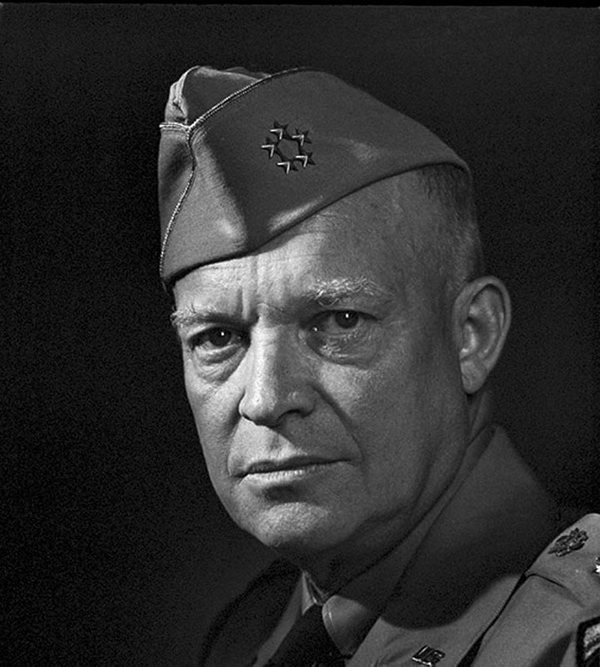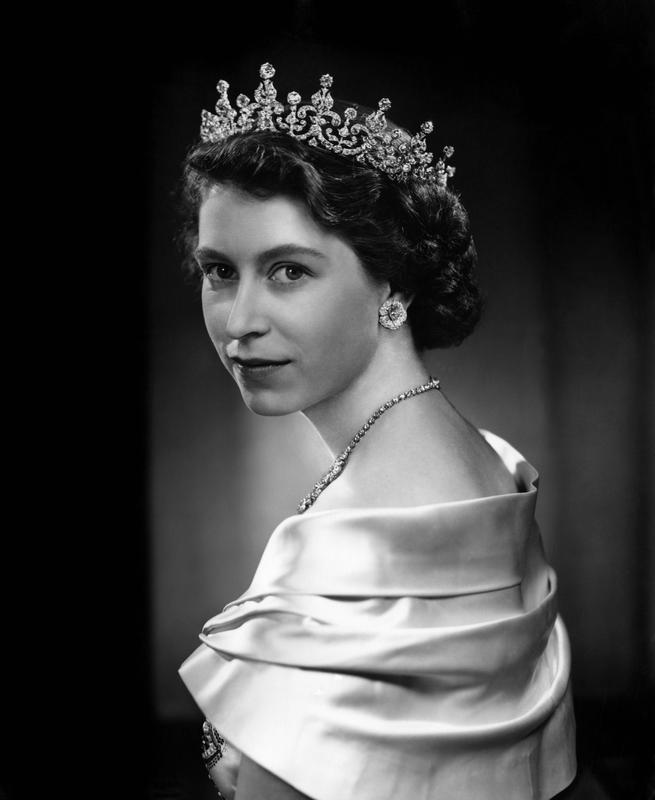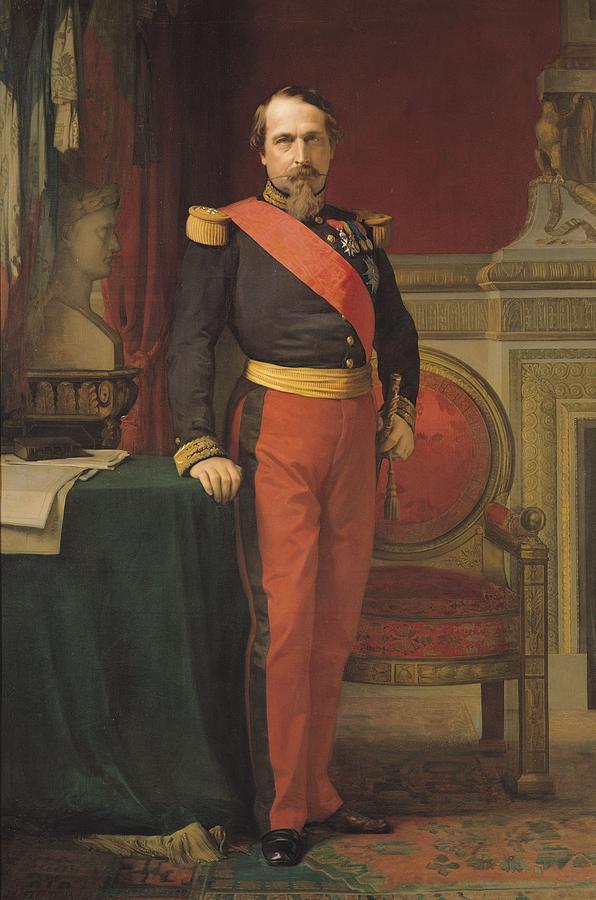... arguing about taste is no use.
Maybe arguing about taste is not optimally useful, but talking about it is, to me, very useful. If your taste is impervious to considerations of others and examples that might not be in your repertoire, just don't engage.
For me, I am interested in others' views, and if the topic is one where I want to grow, I'm there. Even just the samples in the OP were informative. I don't know of any artist who hasn't grown by considering the history of art,.
I agree with you.
For others it seems that different opinions are "danger", as they just see it a challenge.
As I wrote in the original post about different styles that are often seen "opposite" and how a another is now the popular reasoning to do portraits, even when it is just for in sake of it.
A one interesting point (of many) that I tried to make was that many is buying a sharp lenses when used wide open, and yet they don't care if they miss the focus so everything in photo is blur, but then still many of them care about sharpness or blurred background.
There are multiple different "school cups" from that one is popular and is trying to persuade how they are "better", even if their style can leave to interesting conflict by itself when gone overboard in sake of style itself.
Someone could ask that why it is so admired to get out of focus portraits, only to get mystic answer "but the bokeh!" or "look at that blurred background". While those are two different things really. If we split a simple two dimensional portrait photograph to parts, we can have a three main parts. Foreground, DOF and then background. Typically the foreground can be the person shoes, floor, table, chair or something to add depth blow the person, like this:
Napoleon III 1808-73
And then we get the main subject that is portrayed in the image. In this case it is the person and his social status, level/time/status in his life and many other small details.
And then we get to the background, that is about the era of the living, the environment, a small historical reminders, but they are all "secondary" background elements but together foreground to subject and to the background builds a complex and deeper story:
https://www.napoleon.org/en/history...eneral-in-his-grand-cabinet-at-the-tuileries/
"This is an penetrating psychological study of the emperor. Indeed, almost despite the fact that it was an official commission, the work is profound and reveals the complexity of the man's character."
....
"The portrait had however received critical acclaim wherever it was shown, namely, at the Universal Exhibition in London in 1862, at the Paris Salon in 1863, at the Paris Ecole des Beaux-Arts in 1864 and at the Paris Exposition universelle in 1867.
The simplicity and ‘true-to-life' quality present in the painting make it appear much more sincere than the portrait of the emperor in his coronation robes by Winterhalter, where the attempt at nobility and idealisation ends up simply as flattery."
So as example of that portrait, there is far more information and "story" than a modern popular portrait itself is by technique. There are those whom job is to just capture nice photographs to sell gear. They are often hired by the camera companies to sell their brand.
Just like a big companies pay for fashion photographers to create a next season advertising photographs, not to sell the photographs or pose the models etc, but to sell the trend and style.
In these classical oil painting portraits, there is nothing to sell. They are there telling the story, the person character. A something to leave to the future generations, not to be forgotten when the next popular style comes.
When a family/couple goes for a big trip together that is something special for them. They want to memorize that event in the future. So photographs are easy way to do so.
But how many really is considering the style of photography for such situations? You have a person standing front of grand vista of specific location and.... what style to use?
Does one, as an example, want to use narrow FOV to get just the person face expression and then shallow DOF to blur the background because the subject is so beautiful and attractive, and doing so leaving the scene and time out of the photo? Or does one want to use a wide FOV to get the person and scene in frame, use a deeper DOF to get the place and time visible in frame, and then seek the perspective to compose the subject, foreground and background as they want?
Both ways are just one of many but both are portraits. So why the other of those is "better" and the other would be seen "unprofessional" or "smartphone snapshot"?
















